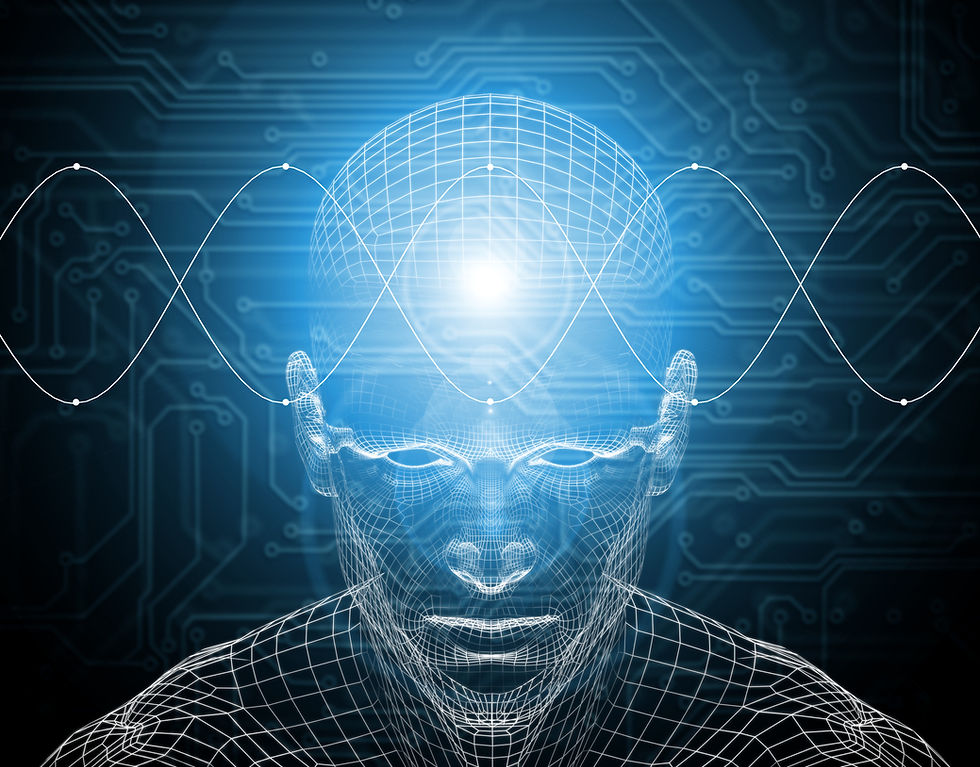Visual Effects: What are Visual Effects (VFX) and How Do They Work?
- Ulisses Minotti
- Nov 21, 2023
- 3 min read
Updated: Oct 22, 2024
Discover how Visual Effects (VFX) transform the film industry and learn how to pursue a career in this creative and technological field.

Have you ever wondered how movies and videos create incredible scenes and seemingly impossible effects? The answer lies in Visual Effects, also known as VFX. In this article, we will explore the fascinating world of visual effects, explaining what they are, how they work, and how they have evolved throughout history. Additionally, we will cover the key tools, the creative process, the necessary training, and career opportunities in this field.
What Are Visual Effects (VFX)?
Visual Effects, or VFX, is the art of creating images or effects that cannot be physically recorded during the production of films, TV series, videos, and more. These effects are digitally generated and integrated into scenes to create fictional worlds, fantastic creatures, spectacular explosions, and much more. In essence, VFX combine what can be filmed on the set with computer-generated elements, resulting in a unique visual experience for the audience.
Buy now the bests books about VFX:
The Evolution of Visual Effects
The history of visual effects dates back over a century, from Georges Méliès' early experiments using camera tricks and editing to create special effects in his film "A Trip to the Moon" (1902). Over the decades, VFX has continually evolved, with significant milestones in different periods:
1920s: "The Lost World" (1925) introduced stop-motion animations, while "Metropolis" (1927) innovated with the use of the Schüfftan process, combining miniature sets with real actors.
1950s: Post-World War II advancements in military technology contributed to the development of visual effects in films like "War of the Worlds" (1953).
1970s: The emergence of 3D modeling software fueled the visual effects revolution, with films like "Star Wars" and "Alien" marking the decade.
1990s: James Cameron and Disney brought innovations with films like "Beauty and the Beast" and scenes rendered in 3D. Today, visual effects are essential in nearly every big-budget film and are crucial for creating immersive cinematic experiences.
Hoje em dia, os efeitos visuais são essenciais em praticamente todos os filmes de grande orçamento e são fundamentais para criar experiências cinematográficas imersivas.
Difference Between Visual Effects and Special Effects
It is common to confuse Visual Effects (VFX) and Special Effects (SFX). However, they are distinct in terms of process and timing:
Special Effects (SFX): Refer to effects created physically during filming using mechanical, optical, pyrotechnic, and other methods. They are added during production.
Visual Effects (VFX): Are digitally created effects during post-production and integrated into already filmed scenes. They are inserted off the film set and have their own production timing.
Categories of Visual Effects
Visual Effects encompass various categories that cater to specific creative needs of directors. Some notable categories include:
Special Effects:
Use mechanical or optical resources added during filming, such as slow motion and digital composition.
Matte Painting and Still Photography:
Create painted or photographic representations of scenes to expand the space of the scene.
3D Modeling:
Involves creating three-dimensional models for objects and characters.
Animation:
Adds movement to objects and characters, whether in 2D or 3D.
Motion Capture:
Records the movement of actors or objects equipped with sensors to create realistic movements.
Tools Used in Visual Effects Creation
Visual Effects professionals rely on a variety of powerful software, including Maya, 3Ds Max, Blender, and After Effects. These tools enable 3D modeling, animation, composition, and more. The choice of software depends on the specific project's needs.
Education in Visual Effects
If you are interested in pursuing a career in Visual Effects, there are various training options, including:
Bachelor's Degree in Film and Audiovisual:
Provides a broad understanding of filmmaking, including VFX.
Bachelor's Degree in Multimedia Production:
Specializes in 3D modeling, composition, editing, and finishing.
Postgraduate Degree in Animation and 3D Modeling:
Focuses on advanced techniques used in visual effects creation.
Additionally, acquiring knowledge in anatomy, drawing, photography, and other related areas is important.
Job Market in Visual Effects
The job market for Visual Effects professionals is broad and continually growing. In addition to working on films and TV series, opportunities can be found in areas such as architecture, gaming, and product design. The expansion of the Brazilian film market offers new career prospects for VFX artists.
Conclusion
Visual Effects play a crucial role in the film industry and in creating visually stunning content. If you are passionate about cinema, technology, and creativity, a career in Visual Effects can be an exciting choice. And if you need a video production company specializing in special effects, contact Bendita Filmes and request a quote.








Red Light Screen offers an innovative solution for VFX artists and editors, providing a controlled environment for color grading and screen calibration. Ideal for high-precision visual work, it enhances color accuracy, ensuring seamless VFX production. Perfect for reducing strain during long sessions, it's an essential tool for immersive visual effects creation.
Well explained! If you're looking to kickstart your journey in animation, a VFX and animation course in Mumbai is the perfect way to gain hands-on experience with industry-standard software and techniques.